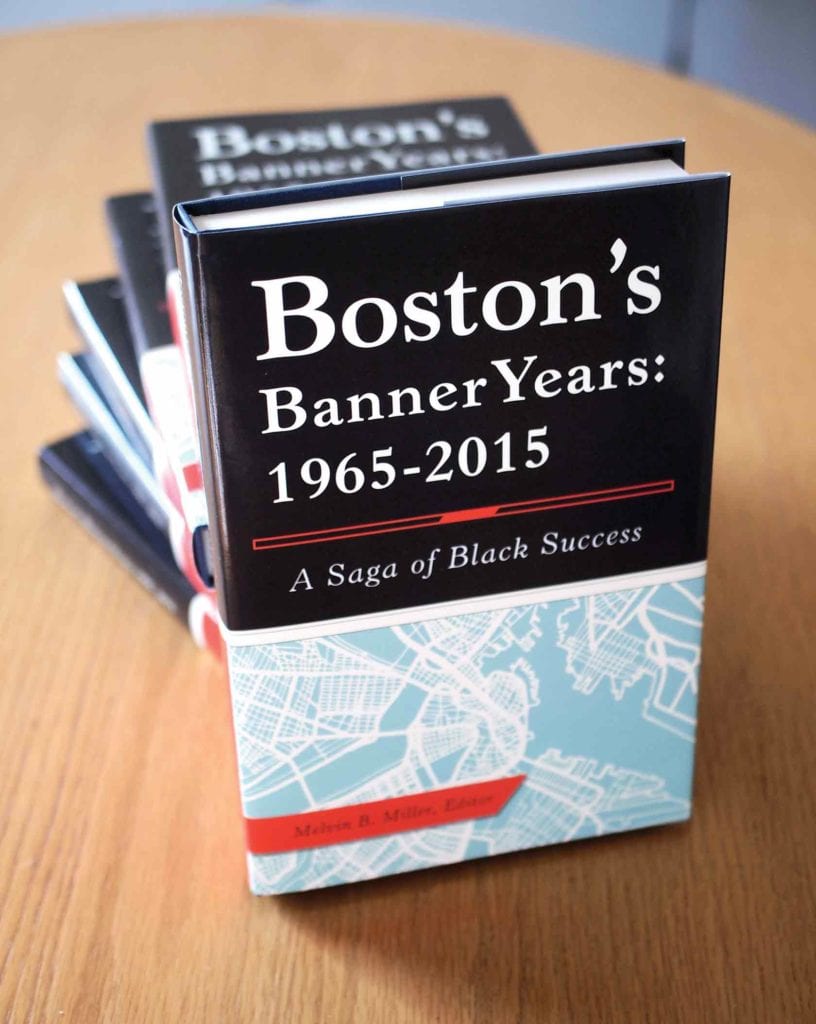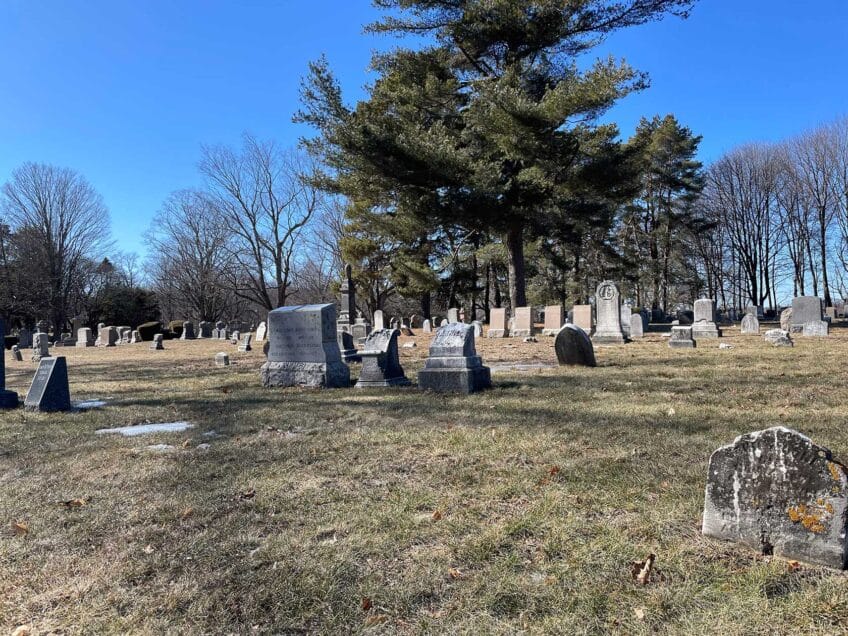An editor’s reflections
“Boston’s Banner Years” sets the record straight on 50 years of local black history

The Bay State Banner’s 50th anniversary induced the painful awareness that numerous outstanding events involving black Bostonians may never be remembered. Many committed and courageous residents will be forgotten. And worst of all, the memory of achievements by blacks will be overshadowed by the continual media accounts of black failures.
It became imperative to produce a journalistic account of some of the examples of black success. Not surprisingly the record was substantial, so only a few stories could reasonably be recorded. These were to be much more than anecdotal accounts, but rather well-researched stories that could sustain attacks on their veracity.
Each chapter of the resulting book, “Boston’s Banner Years: 1965-2015, A Saga of Black Success,” identifies its subject matter. They include public education, politics, public protests, police community relations, banking and financial development, special real estate projects, strategies to achieve employment diversity and involvement in media and communications. There is also a chapter on colonial and early American days. That was necessary to establish a historical precedent for the development of Boston’s black culture.
A team of seven well-educated and talented writers joined with me as editor to produce the book. The amount of research required would have been excessive for a single author. The writers were required to produce chapters with literary quality that are a good read rather than just well-researched reports.
As editor, I wrote the introduction to provide a sense of the cultural milieu of Roxbury in the decades before the launch of the Banner. Times have so changed that younger readers will hardly be able to recognize the Roxbury of my youth that I briefly describe. Every reader will have to determine for themselves how the old-time values influence the current ethos.
There is little attention given in the book to violent racial conflict. There are several reasons for this. The first is that the book contains stories about blacks who succeeded despite any interference from racial discrimination. Secondly, it is not always possible to determine whether a violent confrontation stems from racial animosity or some other provocation. And thirdly, conflicts are sometimes generally mischaracterized as being racially induced, as was the 1967 police riot in Grove Hall.
Books about blacks often excoriate white hostility or extol the talents and achievements of blacks who emerge from discrimination and poverty. “Boston’s Banner Years” does not fit either category. Blacks of my generation found Roxbury to be a supportive and inspiring place, that inculcated the virtues of hard work and academic achievement. Conflicts with whites were primarily personal, and there was no fear of violence from whites.
Of course racial discrimination exists in Boston, but it is more in the nature of excessive tribalism. Change will take greater understanding of the issues and the accurate definition of the problem, much the way good lawyers analyze legal conflicts. At any rate, there is indeed sufficient good will to develop a bigotry-free Boston.
The successes and achievements of black Bostonians will surprise readers. For example, most people are unaware that blacks developed a Boston skyscraper, the world headquarters of State Street Bank at One Lincoln Street. “Boston’s Banner Years: 1965-2015” will direct the reader’s attention to Boston’s successes rather than to focus on the failures.






